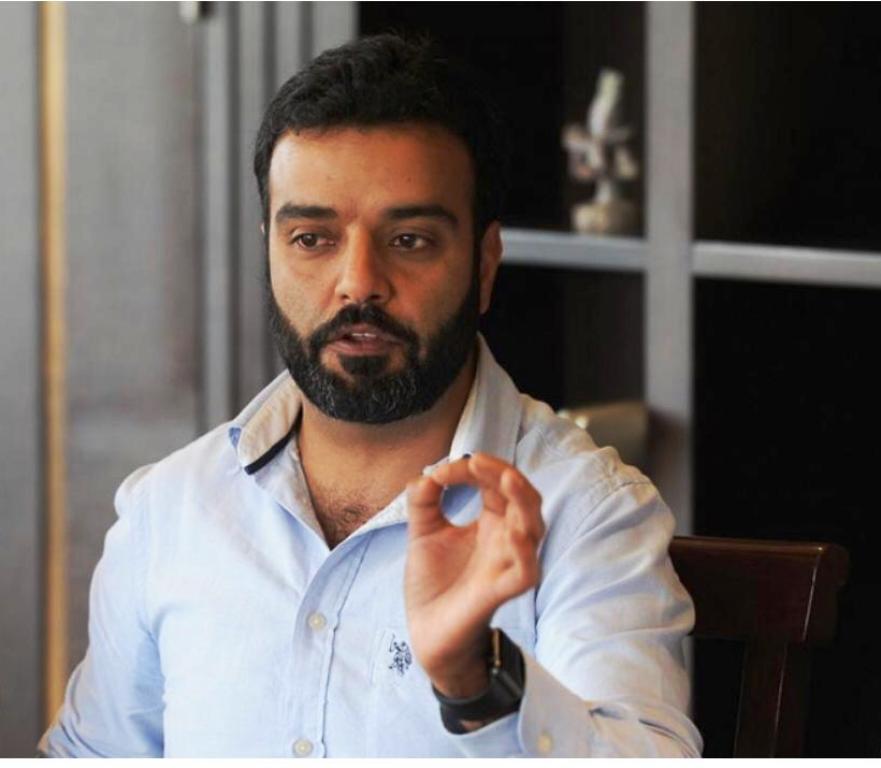Sahara TV correspondent Bilal Bhat covered the recent general elections in Afghanistan. Back home, he shares his views about the war torn nation’s silent casualty – women.
In war truth is the first casualty and women the second. This is what women of Afghanistan symbolise. Their plight is the untold story of the tragedy of Afghanistan. Yet women in this war torn country are as safe as they are vulnerable.
Most of the south of Afghanistan is under the control of Taliban. Here Taliban maintain a tight leash on them invoking a pure mix of Afghan tribal culture and Islam.
Women wear Burqa, not like the modern one worn by women in Kashmir, but the one our elder generation used to adorn – a cloak that drops from the head and covers the whole body almost touching the toe.
They cannot move out without the permission of their male family members. Their matters, from naming of babies to marriage, are settled by men. Sounds like oppression. But there is another part of the story. These women would never be subjected to rape or even an insult. They are not addicted to drugs and are respected in their homes. I found the Afghan females shy who rarely talk to strangers. Yet the journalist in me wanted to sample a few things. I wanted to speak to some women to know their viewpoint on the Afghan society in Ghore province, a sensitive area near the province of Herat. Despite my repeated attempts I failed in the endeavour. “This is not our culture,” I was told by many. “Being shy has nothing to do with their religious belief but it is a culture” said my interpreter. “Even if you visit my home you will never see any female members. Not even my mother or grandmother.” To have a first hand experience, I went to my friend Timor Shah’s house for dinner. Shah’s mother- in-law is a famous fashion designer and runs a beauty parlour in Kabul. Yet I couldn’t see any female member of his family. He asked his mother to wish me but she refused out of shyness and cultural bindings. I asked Shah why his mother was so shy and also his wife who belongs to a modern family. “This is our culture,” he replied. “Our females don’t interact with strangers. It is not religious but cultural”.
The situation in Kabul is different. There are brothels in Kabul and there are girls who take drugs. Restaurants are crowded with women and men. Foreigners have married Afghan girls and vanished leaving behind these gullible brides to wait for eternity. Such tales are mostly heard in government run areas. Taliban areas are immune to such a mess.
Yet there are restrictions on women education and freedom that is allowed in religion. It is perhaps these shackles that Maena Habib an ethnic Tajik girl who comes from one of the remote and grubby villages in Kabul, has decided to break free from. She comes from a poor area, but her dress and looks belie that. She works for a magazine and is also a television presenter- a reason good enough for her to spruce her looks. In a country where most of the women are cloaked in burqa for better part of their lives, Habibi makes a bold statement by applying make up and wearing jeans and a top. She colours her hair, too. Quite a daring act in a country where Taliban shadow looms large. She leaves home at 7am for office. Habibi has seen political fortunes of Afghanistan change hands between the Mujahideen to Taliban to the present US-backed regime. But she is comfortable with present government though least impressed with any leader. Her father does not like her work where she has to mix with male colleagues. When Taliban were in power she wore burqa (veil), under duress, to avoid their wrath.
Like Habibi, Anwar, a Pukhtoon boy, too, seems to enjoy the new found freedom in some parts of Kabul. A third-year psychology student of Kabul University, he has also lived under different regimes. During the times of Taliban, he could not shave his beard and cut his hair. He followed them because he had no choice. Barring a few provinces, winds of change, though small, seem to be sweeping Afghanistan slowly. Kabul University allows co-education where Anwar has many female friends. They also dress up liberally. That liberty however is not enjoyed by the residents of provinces near Helmand and Kandhara where the Taliban writ runs supreme. Suburbs of certain provinces where the shadow of Taliban looms large also live a life of fear. Even in Jalalabad, which is known for hot climate and politics, women observe complete urdah (cover their faces and body). Their plight seems pitiable. One woman who had lost most of her family members to the perpetual war wanted to speak out, but the fear of Taliban shut her up. Before visiting Afghanistan, I had visualised the life here differently. But now I realise the biggest victims of Afghanistan war are its women. They obey whatever men wish and decide. But there is hope. Life in many places under government control looks more relaxed. Places where tobacco (sheesha) is served, females are seen in good number. Public parks and gardens are dotted with young boys with their girl friends. Boys and girls chill out openly. Kabul’s city centre, which has a famous mall, is always crowded with boys and girls. Coffee houses in Kabul point to the fact that suppression results in disaster. Deprivation has always brought revolution.















